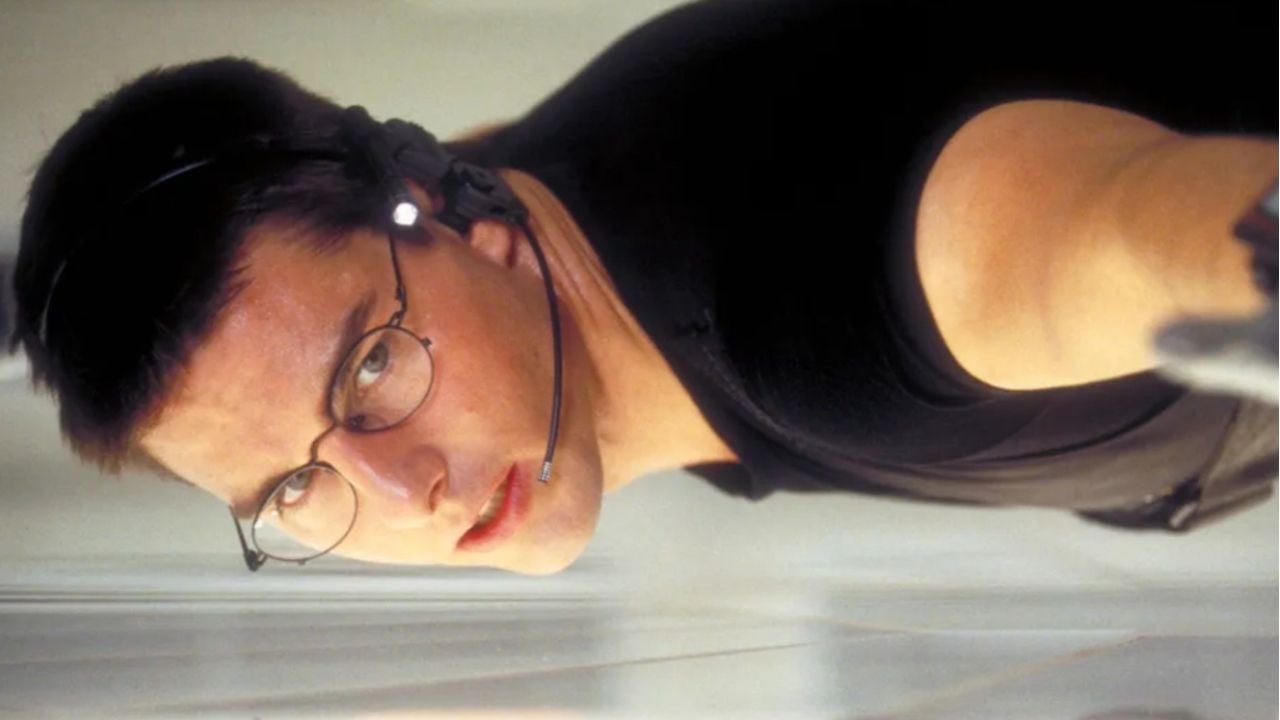Consult the updated rules on the use of the child seat, car seat and child seat in motor vehicle transport
If you were a kid up until the early 2000s, you may recall that there was little — if any — toddler safety on car journeys other than the two-point seat belt in the back seat (when these were used). It was only in 2008 that the so-called “Headquarters Act”as Resolution 277 of the National Traffic Council became known, Cotran (which was not actually a law) was born in Brazil.

In 2020 the specifications on the use of restraint devices were finally included in the Brazilian Highway Code, entering into force from April 2021 and making some changes aimed at greater safe transport of babies and children🇧🇷
Rules for the comfort of the child and car seat
Type devices The baby comfort seats, which must be positioned on the back, are intended for children up to one year or 13 kilos🇧🇷 “The position is ideal for newborns, as the spine and neck would not support the weight exerted by the head during a collision if faced with movement”, comments Gabriela Guida de Freitas, coordinator of the NGO Criança Segura. Therefore, the recommendation is that the little one travels that way for as long as possible.
Between one and four years, or between 9 kg and 18 kg, a forward-facing child seat must be used. From four to seven and a half years, with a weight between 15 kg and 36 kg, the seat is used. Between the ages of seven and a half and ten years, the child can already go out with the three-point belt if he is over 1.45 meters tall🇧🇷 if not, you have to stay with the seat until you reach that height.
This feature is important for the correct functioning of the three-point belt in the event of an accident or sudden stop. If the child is below the indicated size, the straps do not cross the areas of the body that can resist and support the accessory in a sudden movement. “It is designed for people over 1.45 meters, as it only passes on the strong parts of the body: center of the shoulder, mid-chest and hips”, teaches the specialist.
To sit in the front seat you must be at least 10 years old and have reached 1.45 meters in height.

What not to do in child transport
Carrying babies on your lap is strictly prohibited.🇧🇷 “At the time of the crash it is impossible to keep the child in the seat and he ends up being thrown forward or even out of the vehicle”, warns Gabriela.
Even the car seat presents risks if the instructions for use are not followed exactly. “But when installed and used correctly, it reduces the risk of death by up to 71% in the event of a collision,” Gabriela points out. Therefore, it is important that you read all the manufacturer’s instructions and follow them step by step correctly.
It is worth mentioning that non-compliance with the law is considered very serious infringementwith a value of R$ 293.47 and the addition of 7 points to the driver’s CNH.
The rules are therefore:
- Comfort baby, placed on the back, babies up to 1 year or 13 kg*.
- Forward facing car seat, from 1 to 4 years or from 9kg to 18kg.
- Booster seat, from 4 to 7 and a half years or between 15 kg and 36 kg.
- From 7 ½ to 10 years old you can use the three-point harness if you are taller than 1.45 meters; if not, you must continue to use the seat until you reach the height.
* Remember that each piece of equipment has its own weight specifications. Must be checked before purchase and use.
🇧🇷The best content in your email for free. Choose your favorite Terra newsletter. Click here!
Source: Terra
Ben Stock is a lifestyle journalist and author at Gossipify. He writes about topics such as health, wellness, travel, food and home decor. He provides practical advice and inspiration to improve well-being, keeps readers up to date with latest lifestyle news and trends, known for his engaging writing style, in-depth analysis and unique perspectives.







